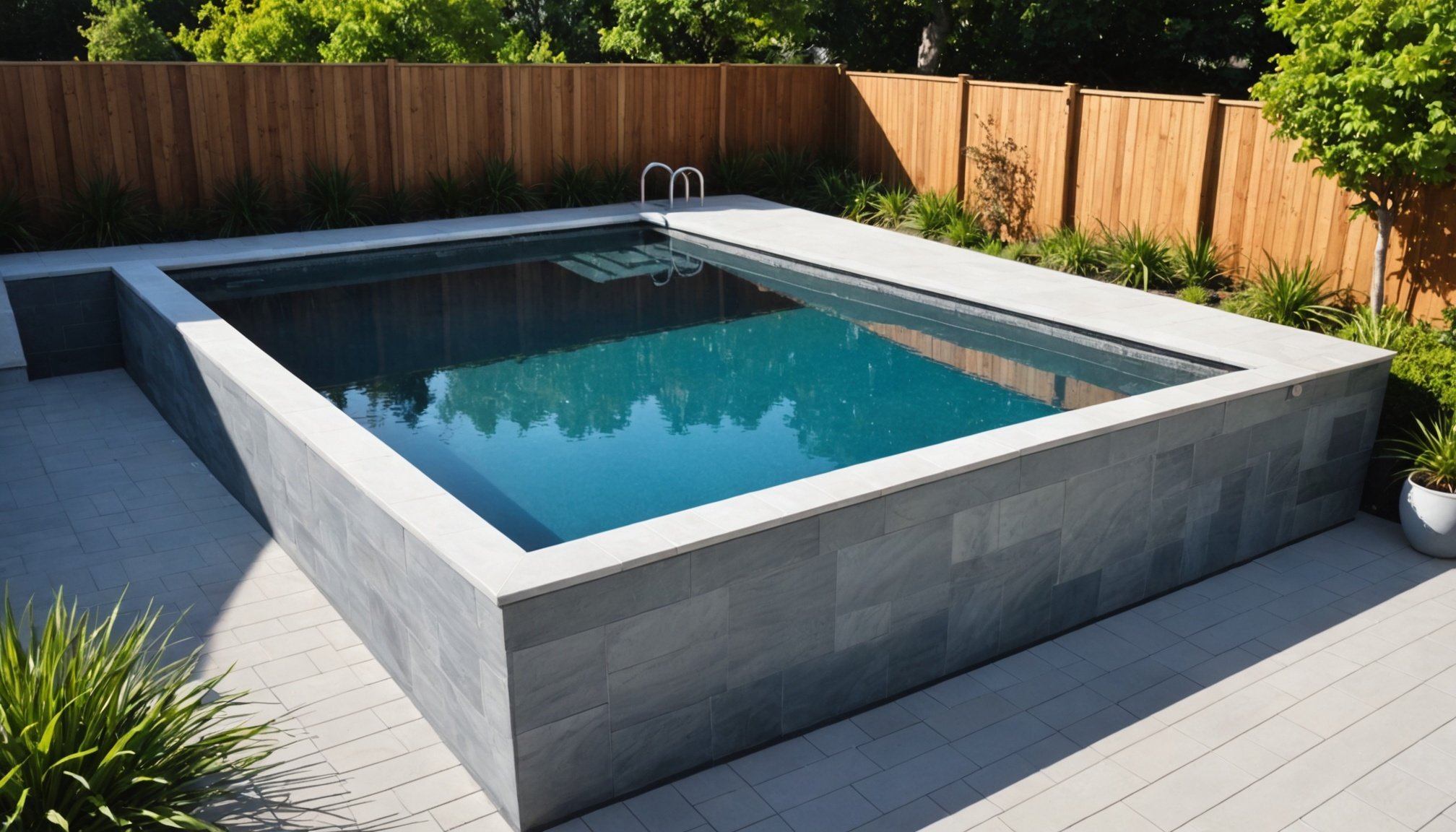In today’s fast-paced world, the allure of a tranquil retreat in one’s own backyard cannot be underestimated. A plunge pool offers a perfect balance between a spacious swimming pool and a compact spa, providing the ideal setting for relaxation and rejuvenation. However, designing a plunge pool requires a thoughtful approach to ensure it meets your preferences and complements your lifestyle. From selecting the perfect size to ensuring proper safety measures, several key aspects are crucial in the planning phase. Let’s delve into these considerations to help you create your perfect oasis.
Understanding the Purpose of Your Plunge Pool
Before embarking on the design journey, it’s essential to clarify the primary purpose of your plunge pool. Are you aiming for a relaxing spa-like experience, or do you envision it as a hub for social gatherings and entertainment? Perhaps you’re looking for a combination of both. Identifying its primary use will guide many of the subsequent design choices.
Also to discover : How can you effectively manage pool chemistry for optimal swimming conditions?
Aesthetic Appeal: If aesthetics top your list, consider how the plunge pool will blend with your existing landscape. Will it serve as a focal point, surrounded by lush greenery, or will it be a modern edge-cutting design merging with minimalistic architecture?
Functional Requirements: A plunge pool can serve various functions. For those seeking therapeutic benefits, incorporating water jets or a heating system can provide a spa-like experience. Alternatively, if you intend to use it for exercise or cooling off during sizzling summer days, ensure the depth and width cater to these activities.
Additional reading : What are the most effective ways to keep your pool area clean and tidy?
Multi-Purpose Design: If you envision using the plunge pool for both leisure and entertainment, consider incorporating features such as built-in seating or a removable cover that can transform the pool area from a relaxing retreat to a lively social space.
Clarifying the pool’s purpose not only influences the design but also impacts maintenance needs and overall satisfaction. Ensuring these foundational elements align with your lifestyle will make the plunge pool a cherished asset.
Selecting the Ideal Size and Shape
When it comes to plunge pools, size does matter. The dimensions and shape of your pool will significantly affect its functionality and aesthetic appeal. Assessing these aspects early on ensures your plunge pool meets your expectations without compromising on space or usability.
Space Considerations: Start by evaluating the available space in your backyard. Plunge pools are typically compact, but you’ll want to ensure there’s adequate room for ancillary features like decking or landscaping. Factor in the dimensions required for safe access and egress, especially if the pool is intended for children or less mobile individuals.
Shape Choices: The shape of your plunge pool should complement your garden’s overall design. Rectangular pools can offer a classic look and maximize swimming space, while circular or freeform designs can create a more natural, organic appearance. Consider how the shape will affect the pool’s usability and the surrounding landscape.
Depth Decisions: The ideal depth for a plunge pool varies depending on its intended use. A shallower pool may be suitable for general relaxation, allowing for in-pool seating or lounging. For those interested in a more active experience, such as aquatic exercise, a deeper pool might be more appropriate.
Balancing these factors ensures your plunge pool not only fits your yard but also harmonizes with its surroundings, providing a seamless blend of form and function.
Materials and Finishes for a Stunning Plunge Pool
Choosing the right materials and finishes for your plunge pool is crucial for achieving a visually appealing and long-lasting design. From aesthetic considerations to durability, each material contributes to the overall ambiance and functionality of your pool.
Concrete or Fiberglass? Concrete pools offer unparalleled customization options, allowing for unique shapes and finishes. They are durable but may require more maintenance over time. Conversely, fiberglass pools often come pre-molded in standard shapes, providing a smooth finish and quicker installation, albeit with limited customization.
Tile Techniques: Tiles can add a touch of luxury to your plunge pool. Glass mosaic tiles reflect light beautifully, creating a shimmering effect in the water. Porcelain tiles offer a more traditional look and are available in a variety of patterns.
Natural Stone: For a more organic appearance, consider using natural stone for the pool’s edging or surrounding area. Stones like travertine or slate can provide a rustic charm, while also being slip-resistant, making them a safe choice for pool decks.
Eco-Friendly Options: If sustainability is a priority, explore materials like recycled glass tiles or eco-friendly composites. These options reduce environmental impact, offering both beauty and conscious consumption.
By carefully selecting materials and finishes, you can craft a plunge pool that not only looks stunning but also stands the test of time. Remember, the details in your choice of materials can elevate the pool from simply functional to truly spectacular.
Safety Measures: Prioritizing Peace of Mind
Safety shouldn’t be an afterthought when designing your plunge pool. Implementing the appropriate safety features ensures peace of mind for everyone enjoying the pool, from young children to adults.
Fencing and Barriers: Installing a protective barrier such as a fence around the pool is often a legal requirement and a critical measure to prevent accidental falls. Choose a design that complements your yard’s aesthetics while ensuring it is sturdy and secure.
Safety Covers: An automated pool cover can serve as both a safety feature and a means to maintain water cleanliness. These covers are particularly useful when the pool is not in use for extended periods.
Non-Slip Surfaces: Ensure all areas around the plunge pool have non-slip surfaces to prevent accidents. From pool decks to steps leading into the water, every surface should be designed with safety in mind.
Lifebuoy or Safety Equipment: Having basic safety equipment, such as a lifebuoy or a pole, within reach is advisable. It ensures you’re prepared for any unexpected situations.
Prioritizing safety measures protects your loved ones and allows for uninterrupted enjoyment of your plunge pool. By incorporating these considerations into your design, you can create a secure environment that fosters relaxation and fun.
Designing a plunge pool is an exciting endeavor that promises to transform your outdoor space into a private sanctuary. By understanding the pool’s purpose, selecting the right size and shape, choosing suitable materials, and prioritizing safety, you can create a plunge pool that meets your desires and expectations. It’s a space that can provide both relaxation and entertainment, tailored to your lifestyle. As you embark on this journey, remember that each decision contributes to crafting a unique haven of tranquility right in your backyard. With the right considerations in mind, your plunge pool will become a cherished retreat for years to come.











